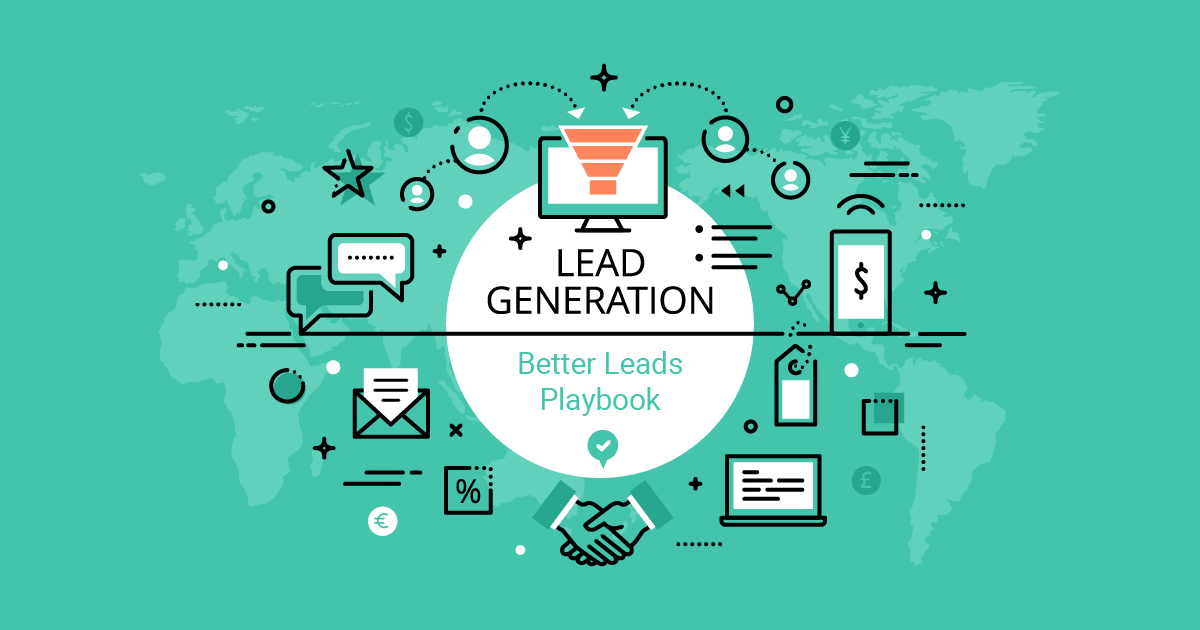
Managing insulation contractor leads efficiently means moving prospects through a clearly defined process—from initial inquiry to scheduled job—while reducing response delays and ensuring consistent communication. The ideal workflow includes six major stages: lead capture, qualification, first contact, follow-up, conversion, and post-service engagement. When executed correctly, this system increases booked jobs and reduces marketing waste.
In this article, we’ll break down how insulation contractors can build a high-performing lead management process. You’ll learn where to focus, what tools to use, and how to streamline each stage without sacrificing quality or personalization.
Lead Capture Methods
The first contact point with a potential customer usually comes through digital channels. These include website contact forms, Google Local Services Ads, pay-per-click ads, search engine results (SEO), referrals, and lead aggregators.
Each method has different response expectations and lead quality. Website forms offer the highest level of customization and data control, while referral leads tend to have the highest trust and conversion potential. In contrast, aggregator platforms require near-instant responses to stand out due to their competitive nature.
Website forms should be clean, easy to fill out, and mobile-friendly. Adding fields like ZIP code, type of service needed, and desired timeframe helps segment leads early. Auto-responders triggered by form submissions acknowledge the inquiry and prevent cold leads from going stale.
Bonus Tip: Embed real-time calendar scheduling in your form to reduce friction and eliminate back-and-forth communication.
Lead Qualification
Once a lead enters your system, it must be evaluated before further engagement. This step avoids wasted time on unqualified prospects and helps prioritize leads with higher conversion potential.
Qualification typically starts by confirming that the request falls within your service area. Next, the specific insulation need—attic, crawl space, new construction, retrofit—is matched against your service offering. Time sensitivity plays a role too. Emergency or urgent jobs should receive immediate outreach.
Budget information, while optional, can further streamline the process. Even a simple range or checkbox helps you identify high-value opportunities early. Qualification can be automated using logic within your website form or managed manually through your CRM, depending on the scale of operations.

Speed to Lead
The faster you contact a new lead, the higher the chance of booking the job. Industry research consistently shows that contacting a lead within 5 minutes of their inquiry significantly increases the likelihood of a successful conversion.
An effective first contact approach includes a short, personalized phone call. If the call goes unanswered, a follow-up SMS should be sent promptly. Confirming the type of service, location, and urgency during this initial interaction creates clarity and builds trust. Offering to schedule the site visit during this call saves time and shows professionalism.
For high-volume teams, an integrated auto-dialer or call routing system helps ensure that no lead goes unanswered. Smaller contractors should use mobile CRM apps to manage and respond to leads on the go.
Lead Follow-Up Process
Not every lead will convert after one call. A structured follow-up strategy maintains engagement without overwhelming the prospect. Timing, tone, and content all play key roles in a successful sequence.
On the day of the initial inquiry, send a confirmation email that recaps the discussion and outlines the next steps. A text reminder the following day can gently prompt a response if there’s no booking yet. By the third or fourth day, provide a brief educational message—such as an FAQ, testimonial, or seasonal benefit of spray foam insulation.
Most leads that convert do so within the first seven days. Keep the follow-up light, helpful, and relevant. If there’s no response after a week, send a final message emphasizing limited-time availability or value-based urgency.
Bonus Tip: Vary your messaging channels—mixing SMS, email, and voicemail—to improve engagement without sounding repetitive.
Lead Conversion and Scheduling
Once a prospect shows interest, make the next step easy. The goal here is to confirm the site visit or estimate without delay. This is where scheduling automation is particularly useful.
Use a calendar link in your messages or emails that syncs with your availability. When appointments are confirmed, send an email with the technician’s name, visit time, and preparation checklist. Keep communication consistent leading up to the visit. A reminder 24 hours before the appointment helps reduce no-shows and prepares the client.
Job scheduling should be coordinated across your sales and field teams. Make sure the crew is briefed on what the lead requested during qualification and first contact. Clear internal communication prevents repeated questions or confusion during the visit.
Post-Sale Engagement
Even after a job is complete, your lead management system should stay active. Post-service engagement helps generate repeat business, referrals, and positive online reviews.
A simple follow-up message a few days after the job shows professionalism and encourages satisfaction feedback. Asking for an online review—paired with a direct link—makes it easy for the customer to share their experience. Sending a seasonal maintenance tip or energy-saving guide within a month keeps your brand top-of-mind.
Customers who are happy with your work often know others who need similar services. Consider offering a small reward for referrals, such as a discount on future service or a gift card. These post-sale touches convert one-time leads into long-term business assets.
Things to Consider Before Making a Decision
Before designing or refining your workflow, assess a few key factors that influence its success.
Start by examining your average monthly lead volume. If you receive dozens of leads weekly, automation becomes essential. Smaller operations can afford more manual follow-up but still benefit from using a mobile-friendly CRM.
Evaluate the types of services you offer. Full-home insulation projects require different messaging and qualification steps than smaller attic-only jobs. Service area size also matters; the wider your area, the more important it is to include ZIP code filtering during qualification.
Make sure your chosen CRM integrates easily with your website, Google Ads, and communication platforms. Systems that don’t sync well will lead to dropped leads and miscommunication.
Conclusion
An ideal workflow for managing insulation contractor leads isn’t about doing more—it’s about doing what works, faster and smarter. When every step—from capturing and qualifying leads to following up and closing jobs—is mapped out and optimized, you create a machine that turns inquiries into income with consistency.
Review your current system and look for areas where leads stall, contacts are delayed, or information gets lost. Align your tools, team, and timing around these six workflow stages to increase conversions and reduce missed opportunities.
Ready to Achieve More Booked Jobs from Every Lead?
Apply these insights now: streamline your lead process, respond faster, and convert more high-quality jobs.
Contact Spray Foam Genius Marketing today to start improving your lead performance.
Phone: For USA: Call 877-840-FOAM / For Canada: Call 844-741-FOAM
Email: info@sprayfoamgeniusmarketing.com
Optimize Your Lead Flow Now
FAQs
- How quickly should insulation contractors respond to a new lead?
Within the first five to ten minutes. This short response window significantly increases your chances of booking the job. - What information should be collected during lead capture?
Name, location (ZIP code), contact info, type of insulation service needed, and urgency. Optional budget preferences can help with qualification. - Why do some leads go cold even after contact?
Delayed responses, unclear follow-ups, or lack of urgency in messaging can cause interest to fade. Consistent communication solves this. - Do all leads need to be contacted by phone?
Not necessarily. While a phone call is ideal for high-priority leads, SMS and email also work well for non-urgent cases or backup follow-ups. - What’s the best way to track follow-ups and appointment bookings?
Use a CRM that includes lead tagging, automatic reminders, and integration with scheduling tools. This centralizes all data and reduces errors.

